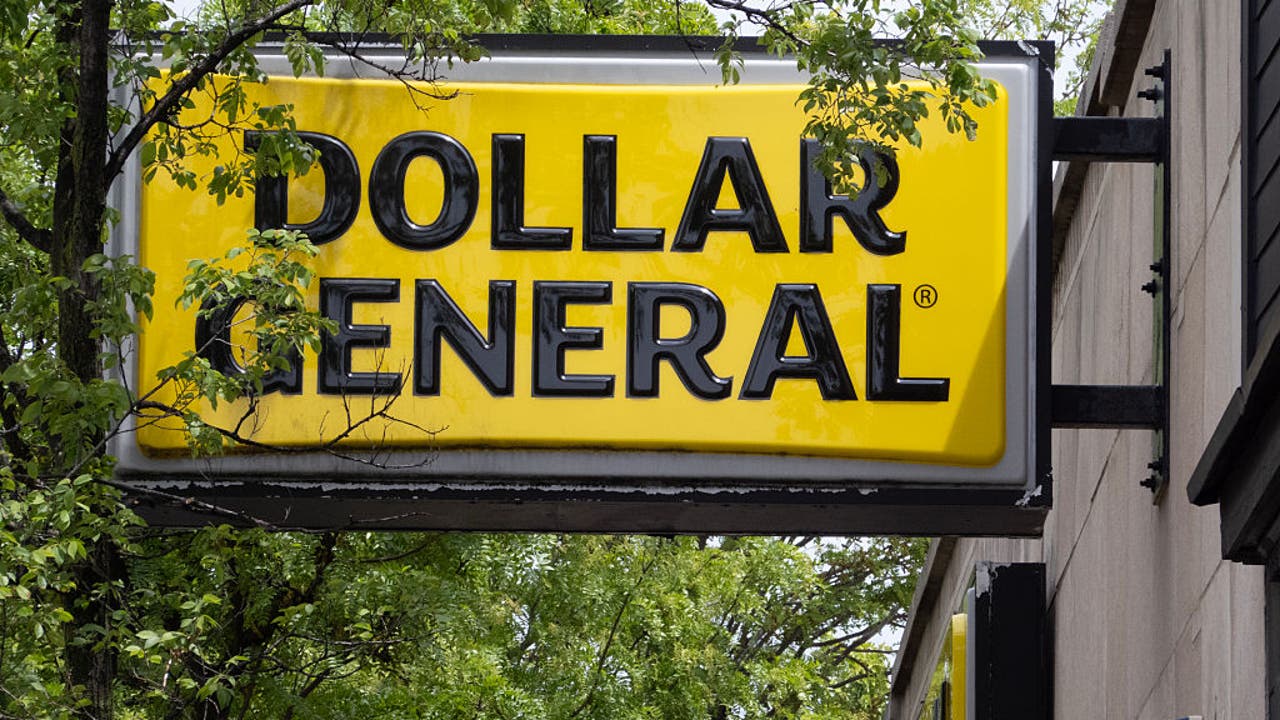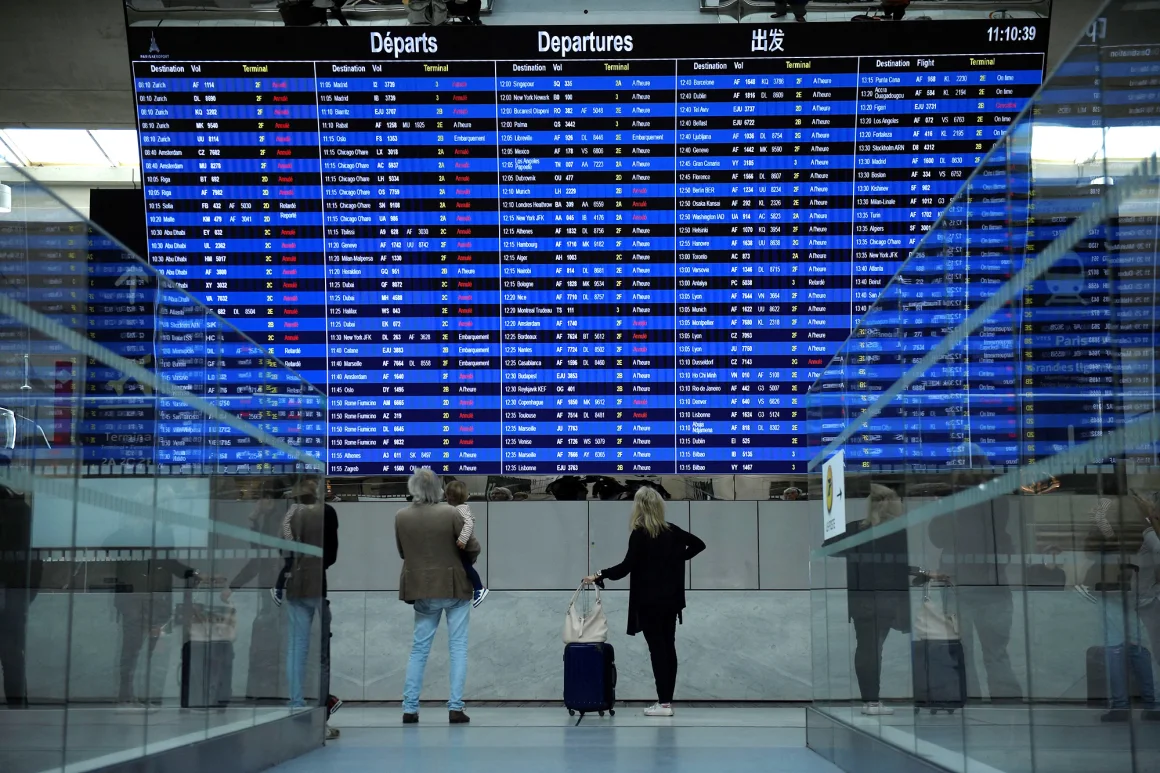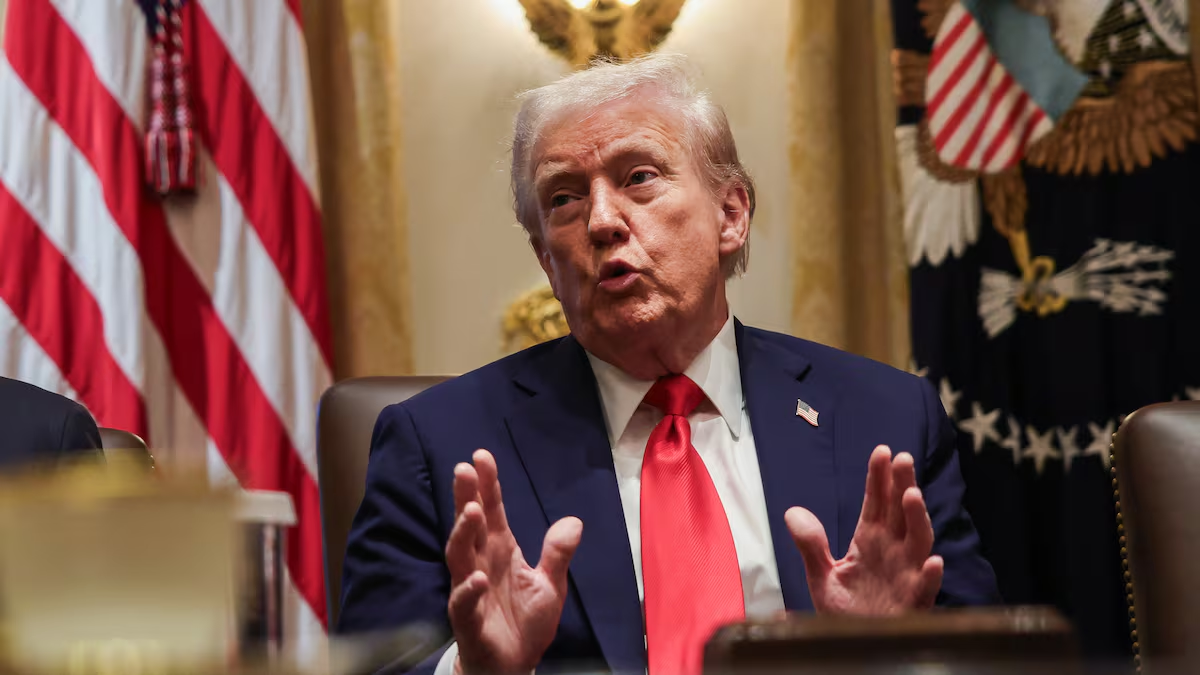Dollar General, the largest U.S. dollar-store chain, is bucking the retail trend. While many retailers scale back expectations amid tariffs and tightening consumer spending, Dollar General is increasing its financial forecast, showing signs of strength in a volatile economy.
From February through April, Dollar General reported a 2.4% increase in sales compared to the same period last year. Executives attribute this growth to a rise in customer traffic, particularly from middle-income consumers looking for lower prices as inflation and tariffs squeeze budgets.
Economic Uncertainty and Shifting Spending Habits
Historically, dollar stores like Dollar General perform well in economic downturns. With rising tariffs—up to 145% on Chinese goods and 10% on global imports—consumers are adjusting spending habits. Dollar General’s CEO, Todd Vasos, emphasized that price hikes would only be a last resort. He noted that more customers are cutting costs and choosing budget retailers over high-end stores.
The shift includes even essential spending. Nearly two-thirds of Dollar General’s customers reported plans to reduce spending in the coming months, and 25% said they are earning less than last year.
A Recession-Ready Retail Strategy
To offset tariff costs, Dollar General is working to diversify supply chains and reduce reliance on China. The company still imports most of its products from Chinese manufacturers, but Vasos said that share is decreasing steadily. Other mitigation strategies include pressuring suppliers to absorb some costs, switching to cheaper alternatives, and shifting production to other countries.
The retailer now expects net sales to grow between 3.7% and 4.7% through January 30, 2026—an upward revision of 0.3%. This outlook assumes current tariffs, now reduced to 30% under a temporary agreement, will stay in place through at least mid-August.
Market Impact and Competitive Response
Dollar General’s positive forecast had an immediate effect on Wall Street. The company’s stock rose by over 12% Tuesday morning. Its competitors, Five Below and Dollar Tree (which owns Family Dollar), also saw share increases ahead of their earnings reports, scheduled for Wednesday.
This performance comes as other major retailers show caution. Walmart, for example, faced backlash from former President Trump after attributing price increases to tariffs. Target responded by downplaying its own tariff-related impacts and lowering its annual guidance. Home Depot announced no widespread price hikes, though some products may be affected.
Brands Adapt to Changing Consumer Priorities
Brands like Pepsi and Procter & Gamble, which makes Tide, have warned about lower U.S. consumer spending. Food manufacturer Campbell’s has reported increased demand for canned soups and sauces, suggesting more Americans are cooking at home rather than dining out.
Vasos stated: “This is a tight environment for the consumer, and we’ll be there for her.” His confidence reflects Dollar General’s core strategy: provide value, maintain flexibility, and prepare for consumer shifts.
As economic pressures mount, Dollar General’s adaptability gives it an edge over less nimble competitors. It remains to be seen how rivals like Dollar Tree and Five Below



